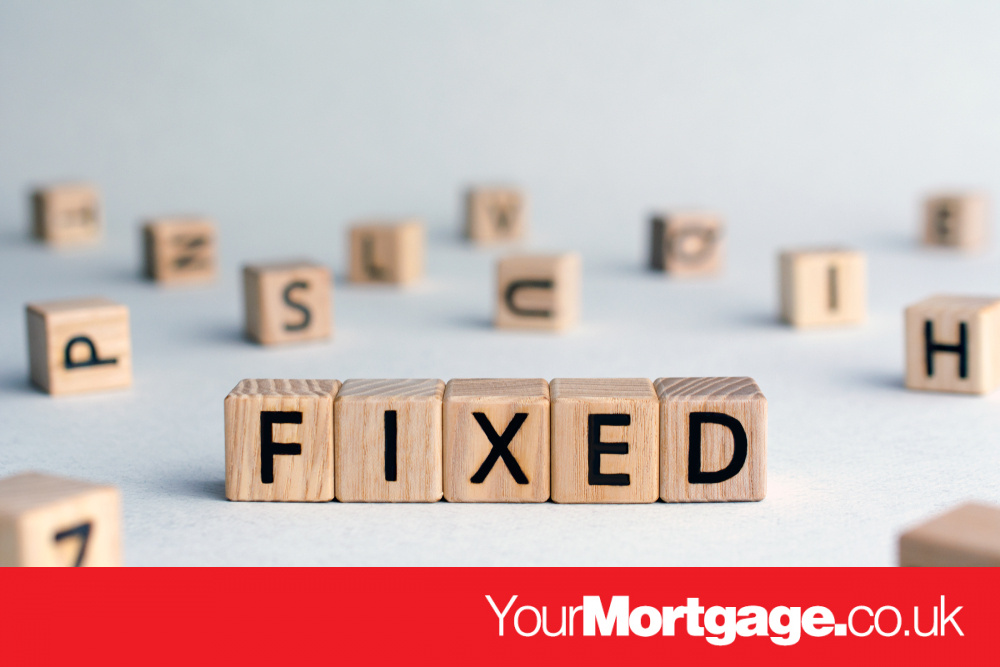News
Borrowers increasingly opt for five-year fixed rates

As the cost of living squeeze starts to bite, borrowers are fixing their mortgage costs with a five-year rate
Homeowners are combatting market uncertainty by fixing their mortgage for five years, according to Trussle.
The online mortgage broker found that there has been an increased uptake of five-year fixed rate mortgages over two-year fixes since the pandemic began. As the cost of living rises and the Bank of England has hiked interest rates, homeowners are searching for payment stability.
Not only are there more five-year fixed deals on the market, there has been a 17% increase in the initial period length of mortgages taken by Trussle customers.
Santander has also revealed that 55% of its new customers took out five-year fixed-rate deals last year, up from 20% in 2016.
Benefits of a five-year fix
The main advantage of taking out a long-term fixed mortgage is the security of a fixed interest rate and therefore stable monthly payments, said Trussle.
Homeowners will know what they are paying each month for a fixed period of time and can budget around this.
If you secure your fixed-rate mortgage while interest rates are low, you can take advantage of this rate for the following five years, unlike variable mortgages which fluctuate with changing interest rates.
Potential drawbacks
Five years is a long time, and this type of mortgage will need to fit your stage of life, said Trussle. It is essential you consider if you’re likely to move within the time frame. If this is a possibility, it may be worth looking at whether you will be able to move your mortgage over when you move.
It is also vital you check the early repayment charges (ERC) of your mortgage. If you wish to remortgage within the five years or are unable to transfer your mortgage over when you move, you will likely be subject to an ERC. There is no set fee for an ERC; the cost is typically calculated as a percentage of the amount still outstanding on your mortgage. This is usually calculated between 1-5% but this can vary depending how far you are into your mortgage term.
If you plan to make an overpayment to reduce your mortgage, it is important to recognise that fixed-rate mortgages tend to have an annual overpayment limit of 10% of your total mortgage balance.
On a fixed rate mortgage you will be locked in to fixed monthly payments based on the interest rate secured when you take it out. If the Bank of England (BoE) base rate increases within this time, you will be protected. However, if the interest rate decreases within the five-year term, you may feel like you are paying over the odds.
Miles Robinson, head of mortgages at Trussle, said: “With interest rates on the rise, a steep increase in energy bills and an increase in the general cost of living, it is understandable that many homeowners are concerned about their finances. Whilst it is difficult to make any predictions during a pandemic, it is forecast that inflation will peak in April, indicating that the Bank of England will increase its key interest rate several times this year.
“With this in mind, now is a good time for homeowners to review their outgoings and budget effectively. The BOE’s 0.25% recent interest rate rise could add £324.48 onto mortgage products annually so it is vital homeowners explore all their options to save money, from remortgaging, through to making overpayments and the possibility of green mortgages. Speaking with an independent adviser will help you understand your options and make the best choice for you.”